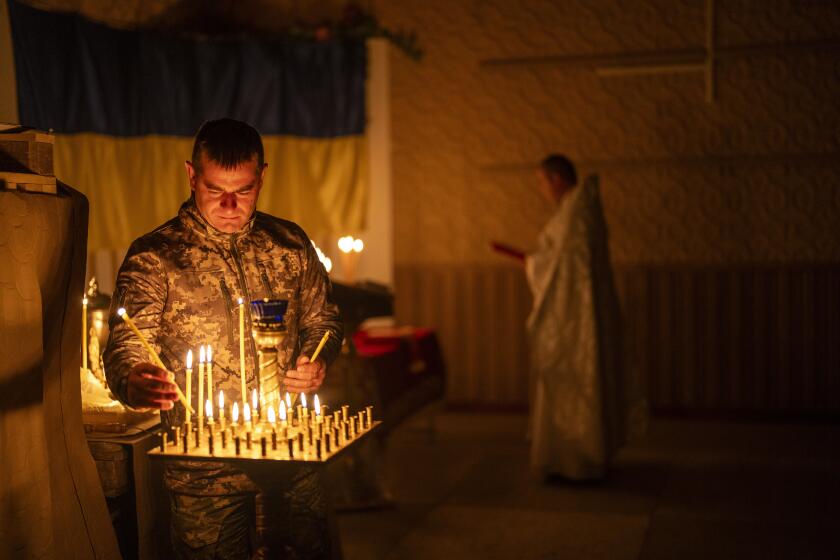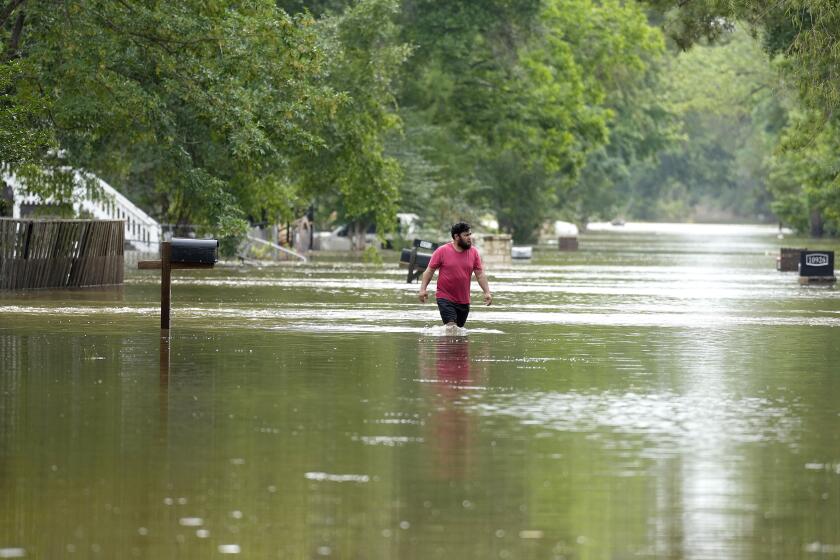‘Exploratory surgery’ will extend shuttle’s mission
NASA managers have extended the mission of space shuttle Discovery by a day so that the astronauts can take a closer look at a problem discovered over the weekend with the solar arrays powering the International Space Station.
The decision to perform what the space agency called “exploratory surgery” was made Monday after spacewalking astronauts from Discovery found what appeared to be metal shavings inside a joint that rotates to allow the solar panels to track the sun.
“When I opened the panel, I saw black dust, like metallic shavings,” astronaut Daniel M. Tani said during an interview from space. “It was unmistakable that it should not be there.”
The joint is on the right, or starboard, side of the station. Michael T. Suffredini, the NASA space station program manager, said the shavings could be from the bearings inside the joint.
A joint inspection scheduled for Thursday was expected to add one day to the mission, NASA officials said after a meeting of mission planners Monday afternoon. Discovery originally was scheduled to return to Earth on Nov. 6.
To prepare for the inspection, astronaut Scott E. Parazynski will use part of today’s spacewalk to peek inside the left-side rotary joint. Seeing a functioning joint may help him spot problems with the other joint, officials said.
The starboard joint worked well when it was installed four months ago. After it recently began to vibrate and produce power spikes, NASA “parked” it and limited its use.
The station was generating enough power without the right-side arrays, officials said, but it will eventually need them when power-draining station segments, including European and Japanese laboratories, are delivered.
The main goal of today’s spacewalk will be to attach a part of the station’s backbone to a set of solar arrays being installed on the left side. The problem with the starboard solar arrays increases the importance of getting the new arrays in operation, NASA said.
To inspect the bad joint, astronauts must remove most of the 22 thermal covers on the joint and examine all the surfaces. Any repairs to the arrays would not take place until after Discovery leaves.
--
More to Read
Start your day right
Sign up for Essential California for news, features and recommendations from the L.A. Times and beyond in your inbox six days a week.
You may occasionally receive promotional content from the Los Angeles Times.






